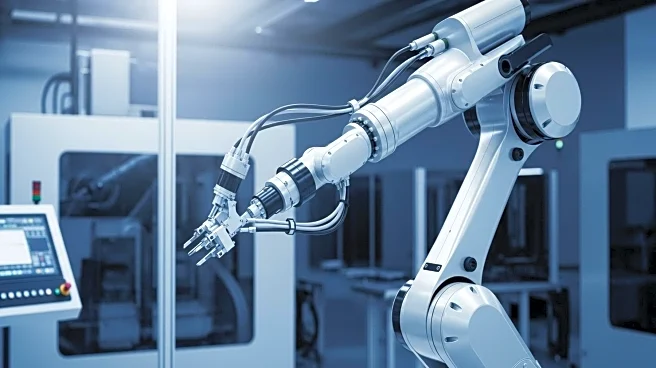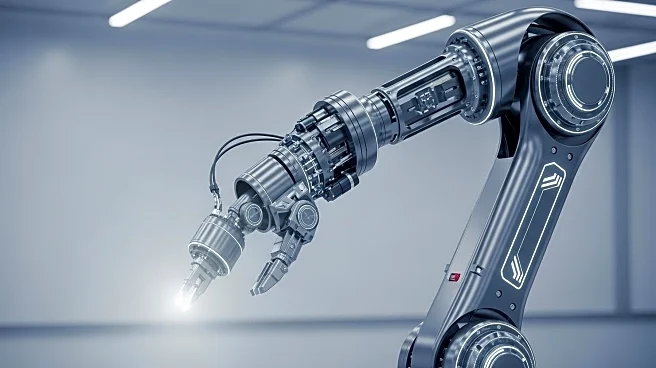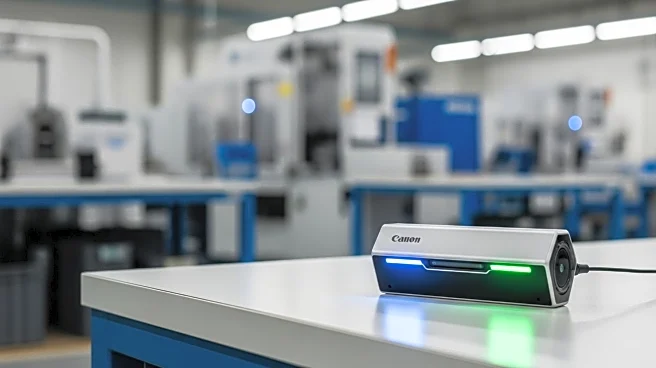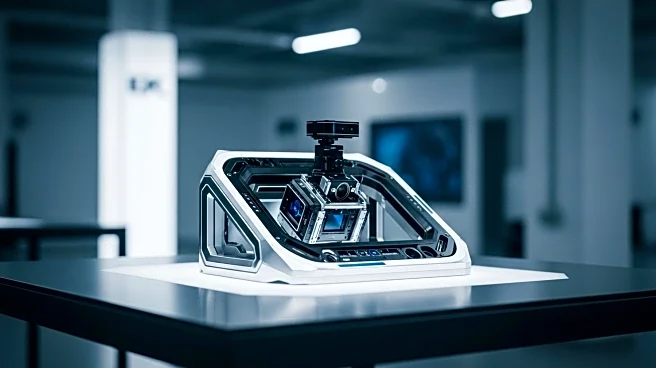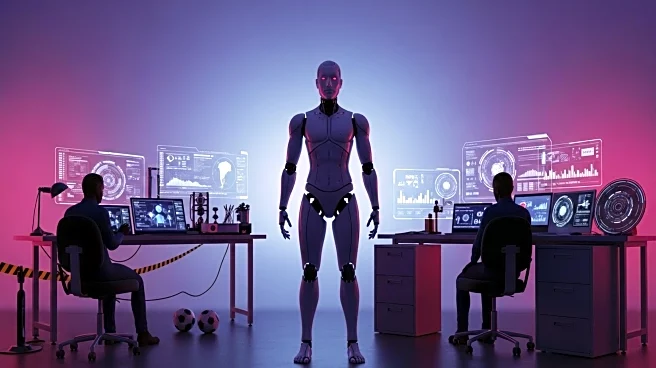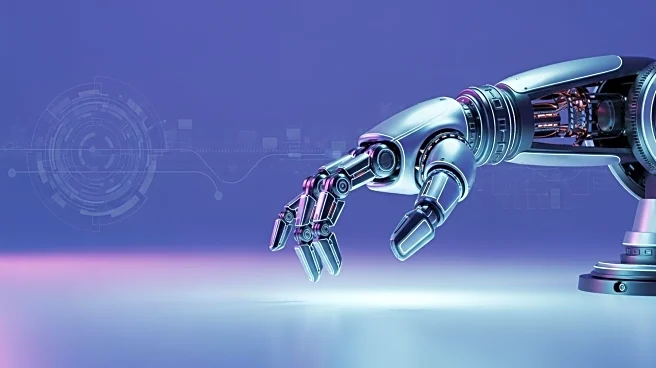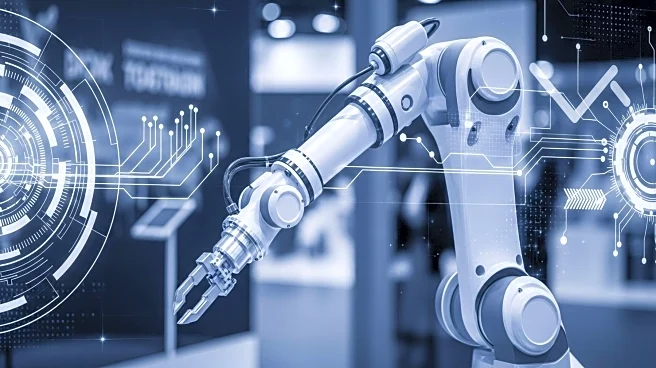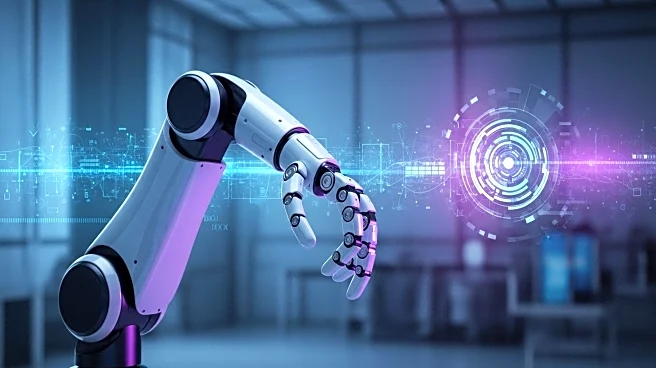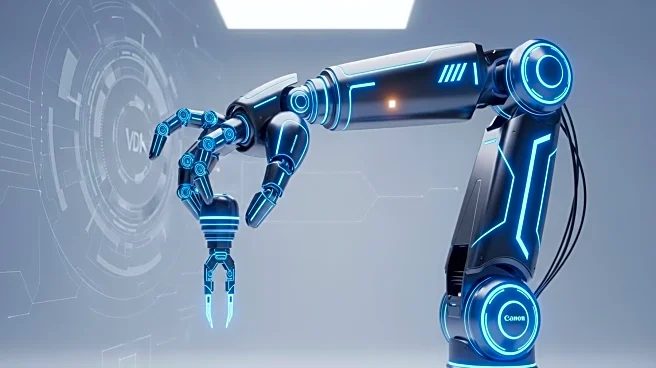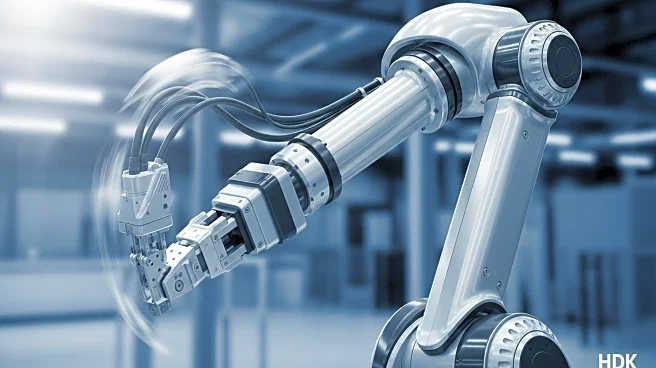What's Happening?
CarbonSix Inc., a company specializing in physical AI for manufacturing, has introduced a new toolkit called Sigmakit, designed to bring robot imitation learning directly to factory floors. This toolkit allows manufacturers to deploy AI-powered robots without requiring specialized expertise or training. Sigmakit utilizes imitation learning to simplify the traditionally complex process of system configuration and adjustments needed by human operators. The toolkit is capable of handling non-standardized and delicate tasks such as film attachment, assembly, machine tending, and cable fastening. CarbonSix has already received sales inquiries and is conducting proof-of-concept projects with major global manufacturers. The toolkit aims to overcome barriers to automation in manufacturing, which have been challenging due to frequent product changes and high variability in production tasks.
Why It's Important?
The introduction of Sigmakit by CarbonSix represents a significant advancement in the automation of manufacturing processes. By utilizing imitation learning, the toolkit allows robots to learn directly from human demonstrations, making it possible to automate complex and variable tasks that were previously beyond the reach of robotics. This development could lead to increased efficiency and reduced labor costs in industries such as consumer electronics, automotive components, and food production. The ability to automate unstructured and non-routine processes could transform manufacturing operations, potentially leading to a shift in workforce dynamics and the need for new skill sets among workers.
What's Next?
CarbonSix is currently conducting proof-of-concept projects with major global manufacturers, which could lead to wider adoption of the Sigmakit toolkit in various industries. As the technology proves its effectiveness, more companies may invest in AI-powered automation solutions, potentially leading to a broader transformation in manufacturing practices. The success of these projects could also drive further innovation in robot imitation learning, expanding its applications beyond the factory floor.

